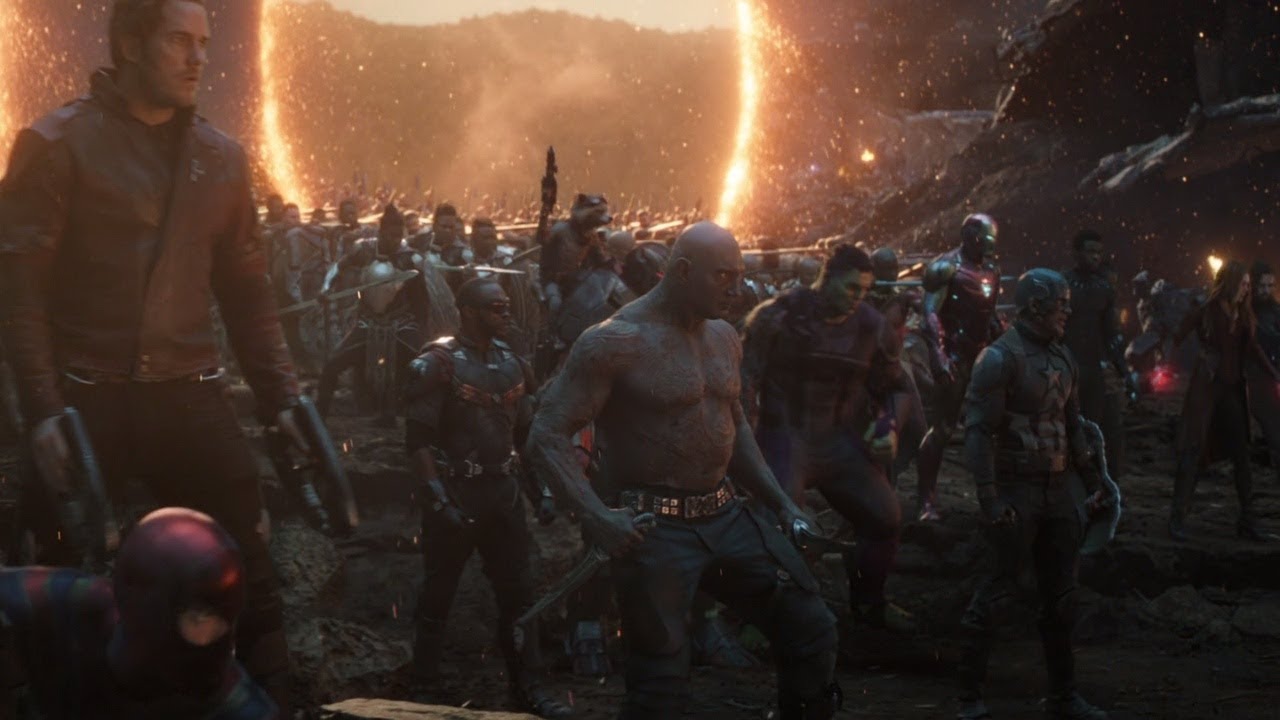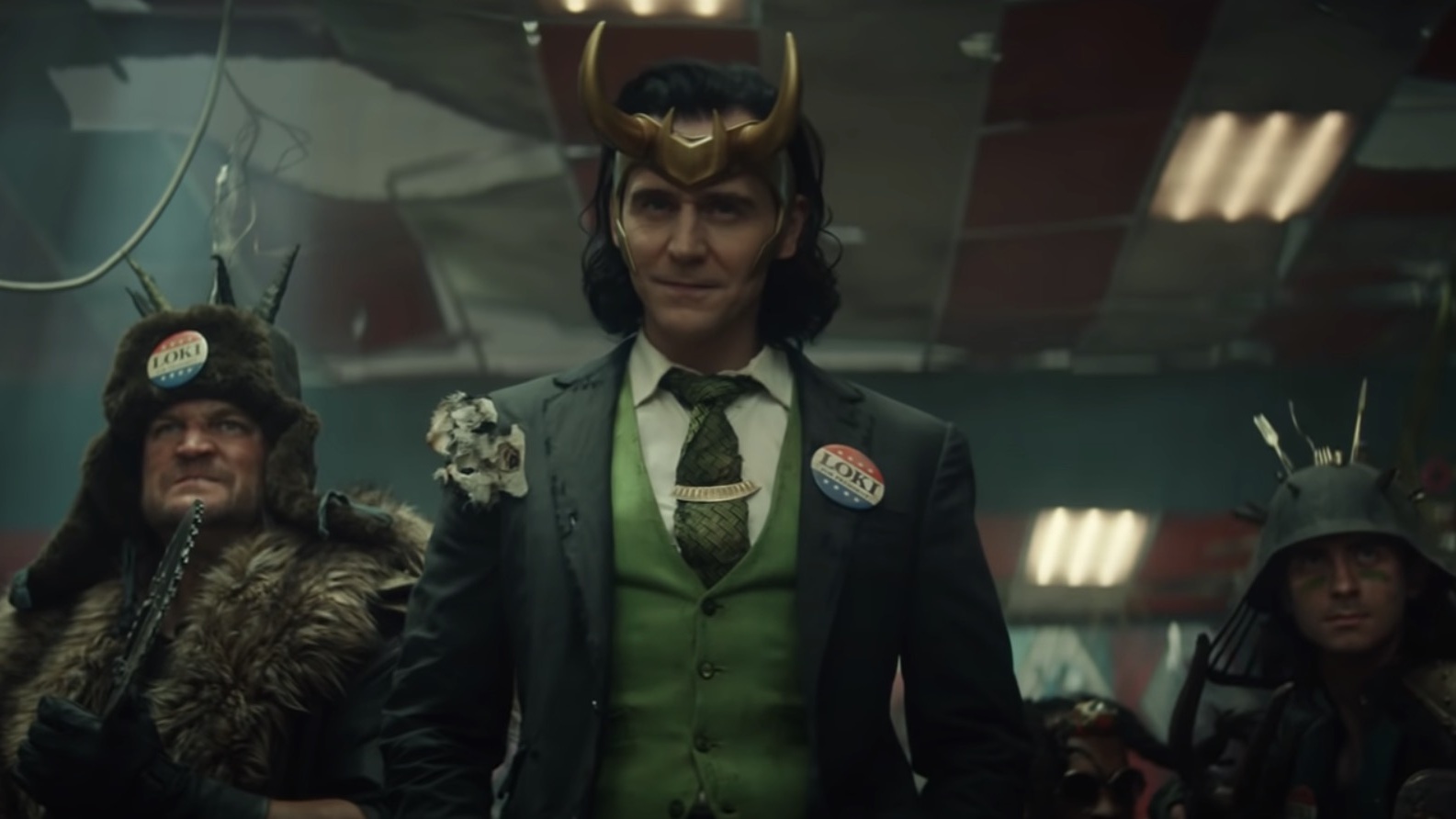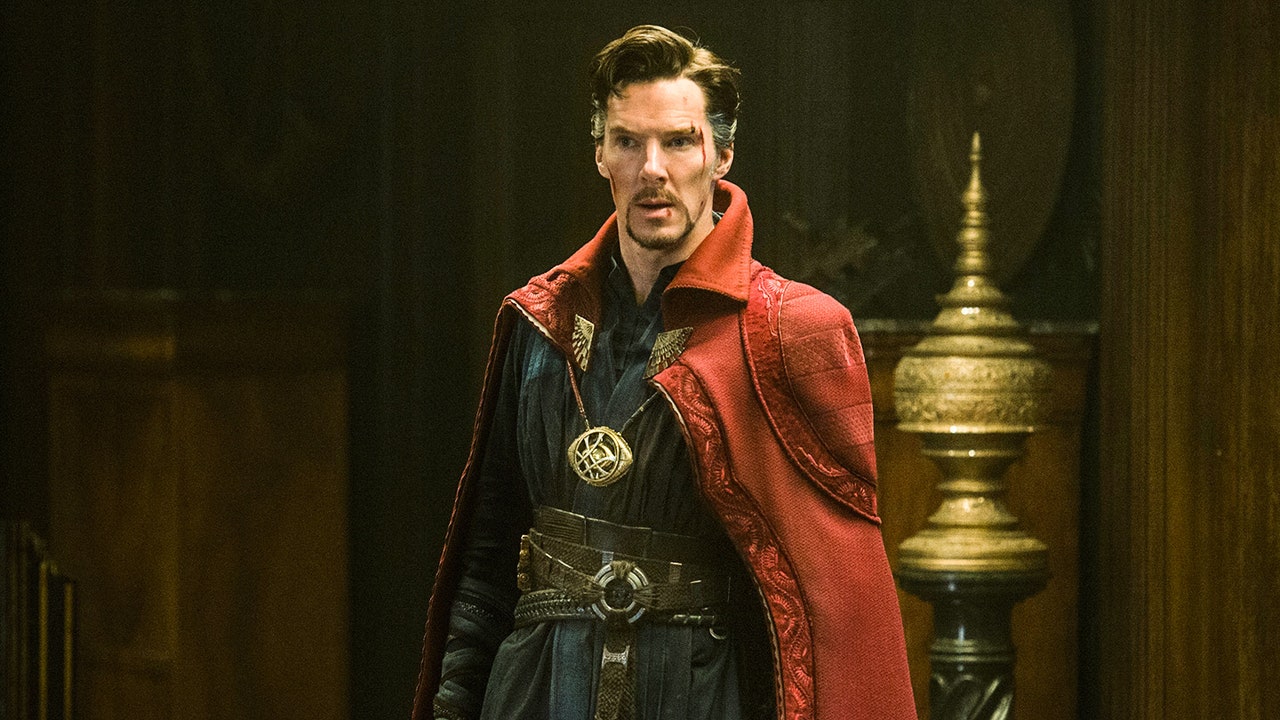How do you top Avengers: Endgame? The final film in Marvel Studios’ Infinity Saga was not only the highest-grossing movie of all time (until Avatar reclaimed that spot in March), but also a superhero ensemble movie 11 years in the making.
Ordinarily, a movie like Endgame would be the proverbial jewel in any film series’ crown – it’s the perfect flick to end on from character, overarching plot and universe standpoints, after all.
The MCU, though, was never going to be done after Endgame. As a product, it’s too popular, and Marvel Studios always had far bigger plans for its universe (or should that be the Marvel Cinematic Multiverse now?) – and its Phase 4 movie slate is proof of that.
- How to watch the Marvel movies in order
- Here's everything we know about Loki on Disney Plus
- Doctor Strange and the Multiverse of Madness: What we know so far
How so? Of Marvel’s 11 upcoming movies, six will have ensemble casts big enough to rival those of any Avengers film.
It seems, then, that the MCU ensemble movie era has arrived – and, in my opinion, that’s a good thing.
Connecting the dots

Marvel always had plans to unite its superheroes on the big screen. As studio president Kevin Feige revealed during a 2012 Wired interview, Marvel had aspirations on assembling the Avengers as far back as 2006. It would have been strange to build a connected universe where heroes don’t bump into one another, so it was inevitable that team-ups would be part of the MCU blueprint.
Why, though, should Marvel only restrict its superhero assemblages to Avengers movies?
The company’s comics have a rich history of superhero crossovers. From iconic pairings, such as Spider-Man and Daredevil, to more surreal ones including Hulk and Rocket Raccoon, Marvel has previously brought its superpowered individuals together for one-off adventures and long-lasting storylines. Foregoing such partnerships in the MCU would be a disservice to Marvel’s illustrious history, so it’s pleasing to see that further team-ups are inbound.
This seems like the plan that Marvel is following with Phase 4 and, potentially, beyond. Once Black Widow and Shang-Chi’s solo movies have arrived in July and September respectively, the next six MCU films will feature superhero partnerships or mass gatherings in some capacity.
This opens the door to Avengers-sized ensemble casts that will make these movies feel more Infinity War-esque than, say, 2008's Iron Man. We want to see superheroes with different powers and personalities share screen time; it’s what makes Marvel movies so fascinating to watch.
Sure, Marvel’s Eternals – the first of Marvel’s Phase 4 ensemble movies – doesn’t necessarily fit into the Avengers-style category. As the film’s teaser trailer suggests, most of the Eternals arrived on Earth together, so they already appear to be a unit before the film’s plot will kick into gear – something that the Avengers, well, aren’t before their 2012 movie team-up.
Still, Marvel’s future movie about an immortal race of superhuman beings has a stacked cast – Angelina Jolie, Salma Hayek, Richard Madden, Kumail Nanjiani, and Gemma Chan to name but five – so it has to be considered as an ensemble film in the same vein as any Avengers movie before it.
Post-Eternals, though, Marvel’s grandiose multiverse plans will really take flight. Spider-Man: No Way Home will feature villains from previous live-action adaptations of the webslinger, as well as Doctor Strange. Benedict Cumberbatch’s Sorcerer Supreme, meanwhile, will team up with Wanda Maximoff in the former’s Multiverse of Madness flick.
Thor: Love and Thunder will feature the Guardians of the Galaxy and other supporting characters from Thor: Ragnarok. Black Panther: Wakanda Forever, too, may be more ensemble in nature as a result of Chadwick Boseman’s death last year, while The Marvels (Captain Marvel 2) will see Brie Larson’s Carol Danvers team up with Monica Rambeau’s Photon and Kamala Khan’s Ms. Marvel.
It appears, then, that the Marvel movie formula is starting to shift away from its initial standalone superhero adventures. Its movement towards a plan where MCU heroes join forces with one another is becoming a regular occurrence and, based on the success Marvel has had with the Avengers movies, there’s no reason why this shouldn’t be its movie model moving forward.
There is an argument that superhero team-ups should be used sparingly. The Avengers’ box office success ultimately lay in bringing its heroes together, but Captain America, Iron Man and Thor still had individual series they could return to afterwards. Without those, we may have seen more Avengers installments and potentially have grown tired of Marvel’s team-up formula. This would particularly hold true if the Avengers lineup had remained the same throughout each movie, too.
Marvel isn’t completely dispensing with its solo movie adventures, though, with Ant-Man and the Wasp: Quantamania showing that the studio will still release standalone films where it sees fit. If Marvel is transitioning towards more ensemble movies, and the smart money says that the studio is, it may have another trick up its sleeve when it comes to telling smaller, more grounded MCU stories – Disney Plus.
Supes on the small screen

With Marvel movies increasing in size and scope, Disney Plus could be utilized as the new home for the studio’s standalone projects – especially if those TV shows focus on characters that have appeared in supporting roles so far.
The success of The Falcon and the Winter Soldier, and WandaVision before it, have shown that there’s an audience for longform, episodic content starring the MCU’s mid-tier superheroes. Such shows flesh out the backstories, personalities and motivations of its leads, and allow Marvel to really focus on characters like Wanda Maximoff and Falcon in a way that MCU movies (due to their runtimes and already packed plots) can’t.
True, you can argue that WandaVision, and The Falcon and the Winter Soldier, are superhero team-ups of sorts. Both shows have two leads, but they don’t possess ensemble casts in the way that upcoming Phase 4 movies do. In that sense, WandaVision, and The Falcon and the Winter Soldier, are more standalone in nature.
The vast majority of Marvel’s upcoming Disney Plus slate adopts the ‘solo superhero’ blueprint that earlier MCU movies were built upon, too. Loki, Ms. Marvel, Moon Knight, Iron Heart, and Armor Wars will all focus on single characters, and provide the opportunity for Marvel to tell Iron Man or Thor-esque solo tales through the TV medium.
Audiences, then, are getting the best of both worlds – big, bold ensemble movies on one side, and standalone, more intimate TV shows on the other. We’ll still see superhero partnerships in MCU Disney Plus series in productions such as Hawkeye and She-Hulk, but they won’t be on the scale of their movie counterparts. Providing these prove to be the exception to the norm, Marvel looks like it’ll have a sound plan for its movie and TV output.
Building for the future

It’s been fascinating to witness Marvel’s rise in the movie and TV sphere since 2008’s Iron Man. There’s been plenty of top-tier content to enjoy so far, and the future looks bright for the MCU with its forthcoming movie and TV projects. Marvel, though, knows it can’t rest on its laurels, and the studio will have to constantly adapt its MCU format in order to remain popular and relevant.
For me, it’s why Marvel is going all-in on ensemble movies for Phase 4 (and potentially beyond). Disney Plus has given it a new avenue to begin exploring lesser known, or supporting, characters in smaller scale productions. As an upshot of that, Marvel has the freedom to substantially increase the size and scope of its movies.
Marvel’s Eternals first trailer is proof that this is already occurring, and it’ll be captivating to see how Marvel continues to increase the scale of its films from now on. We’ve only been given a taste of the cosmic nature of the MCU, so Marvel can really lean into this part of its universe in future movies.
The arrival of the multiverse, too, is a big deal. If Marvel has plans on retaining a multiverse vision post-Phase 4, there are no limits on the infinite directions that Marvel could take its cinematic multiverse. Regardless of whether it continues to explore the MCU’s cosmic realm or branches out into the multiverse’s plethora of alternate realities or dimensions, either will allow Marvel to expand the size of its movies and subsequent casts.
Of course, there needs to be a balance between developing bigger Marvel films and ensuring that audiences don’t feel overwhelmed by how large they become. Its Disney Plus TV shows offer that equilibrium and, providing this balance is maintained, Marvel shouldn’t need to worry about viewers tuning out of the MCU for a long time yet.
- Spider-Man: No Way Home: release date, plot, cast and more
No comments:
Post a Comment